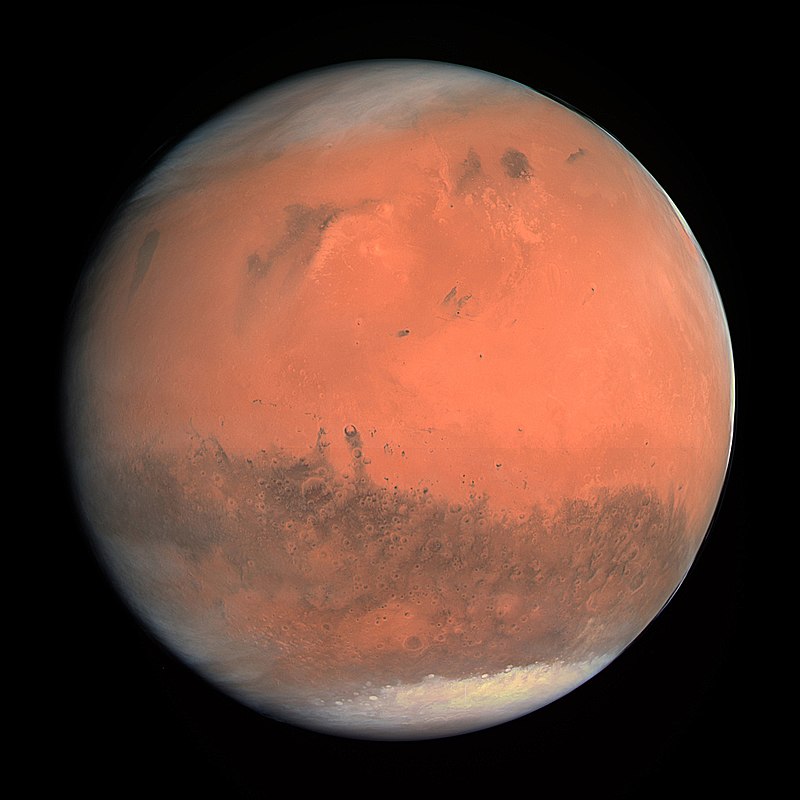
On July 30, 2020, NASA launched its Mars Perseverance Rover aboard a United Launch Alliance Atlas V. rocket from Cape Canaveral in Florida. The robot spent the last several months traveling from Earth to Mars, shielded from the harsh environment of space within the Mars 2020 spacecraft. On February 18 Perseverance landed successfully on the red planet.
The robot, dubbed Percy, landed at 3:55 p.m. ET and as the landing went smoothly, it soon sent its first image back to Earth., followed by a second one, showing the view from the rear of the spacecraft. Both pictures were captured using onboard ‘hazard cameras with the protective covers were still in place. Although these pictures are so important, future images are expected to be more detailed and impressive. The photos will be used to help the team of engineers and scientists very precisely locate Perseverance’s landing site on the Martian surface.
Less than a day after NASA’s Mars 2020 Perseverance rover successfully landed on the surface of Mars, engineers and scientists at the agency’s Jet Propulsion Laboratory in Southern California were hard at work, awaiting the next transmissions from Perseverance. As data gradually came in, relayed by several spacecraft orbiting the Red Planet, the Perseverance team were relieved to see the rover’s health reports, which showed everything appeared to be working as expected.
This high-resolution images are part of a video taken by several cameras aboard Perseverance rover.
Astrobiology together with the search for signs of ancient microbial life is a key objective for Perseverance’s mission on Mars. The robot is going to characterize the planet’s geology and past climate, as well as pave the way for human exploration of the Red Planet.
Perseverance will spend one Martian year (which is about two Earth years) exploring the landing area. The rover is equipped with seven instruments, including the Mastcam-Z, which is an advanced camera system with panoramic and stereoscopic imaging capabilities and can zoom and analyze the minerals of the surface. Onboard also is a SuperCam, providing images, chemical composition analysis, and mineralogy at a distance.
According to MercoPress.